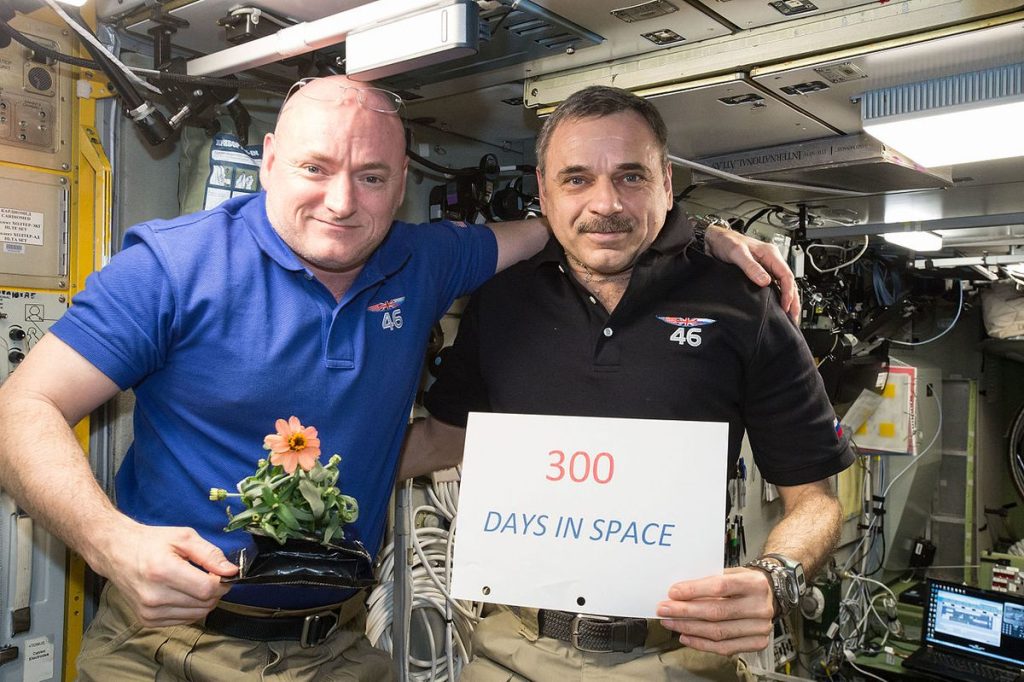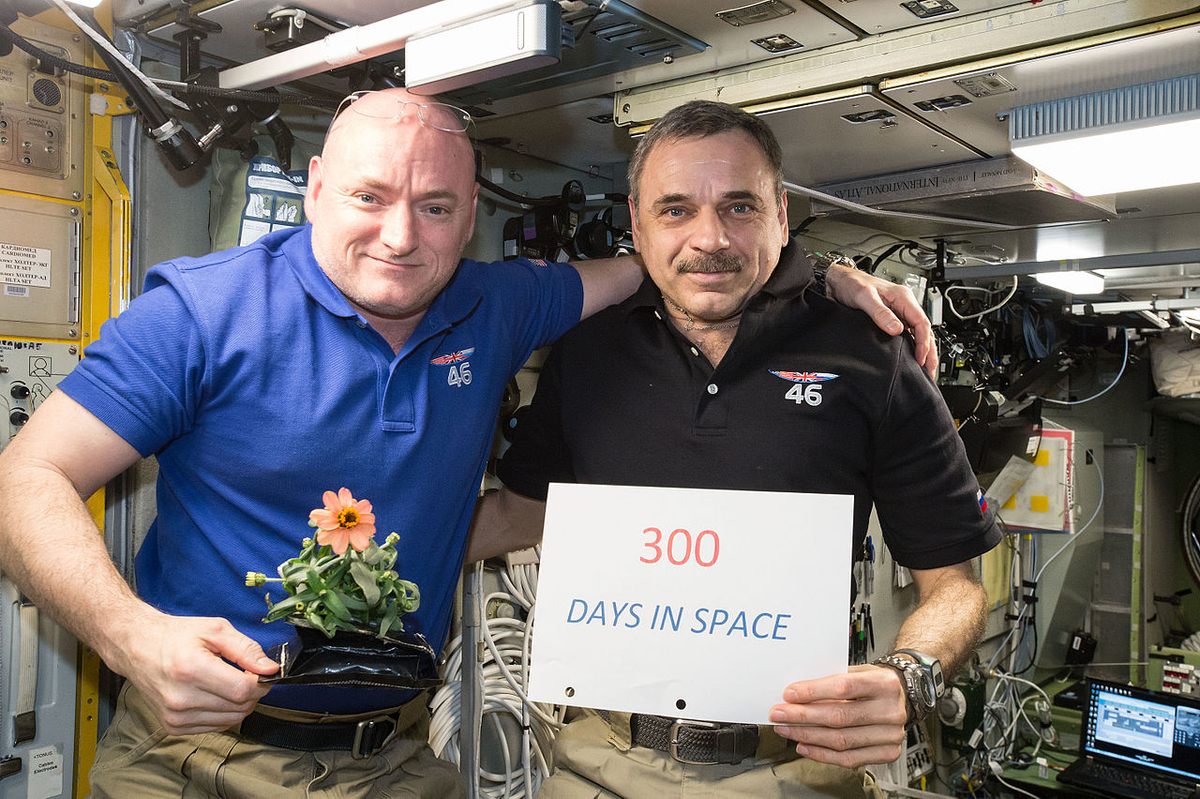
Astronaut Scott Kelly Wore a Gorilla Costume in the ISS with Help from Brother Mark Kelly

‘Ape in Space’: When Astronaut Scott Kelly Wore a Gorilla Suit Aboard the ISS
In the immense, quiet expanse of space, astronauts are typically seen as emblems of discipline, scientific pursuit, and bravery. However, every now and then, they break from their rigorous duties of conducting intricate orbital experiments and microgravity studies to remind us that they are also just people—occasionally, very funny ones.
In 2016, during NASA astronaut Scott Kelly’s historic year-long mission aboard the International Space Station (ISS), a surprising and unforgettable event occurred. A viral video emerged, showcasing what seemed to be a gorilla floating through the corridors of the ISS, playfully “chasing” British astronaut Tim Peake in zero gravity. The bewildered online reactions swiftly transformed into adoration once the amusing backstory behind the prank came to light.
The Story Behind the Gorilla Suit
It turned out that the prank was carefully devised by Scott’s identical twin brother, Mark Kelly. A retired astronaut himself and a former U.S. Navy captain, Mark had completed several space shuttle missions before retiring from spaceflight in 2011. He was keenly aware of the psychological impact that extended space missions can impose.
Scott spent nearly an entire year aboard the ISS as part of NASA’s “Year in Space” initiative, aimed at studying the effects of prolonged space travel on the human body. To uplift his brother’s morale during this lengthy mission, especially just before his 52nd birthday, Mark opted to send a surprise.
“I was chatting with my brother one day, and he mentioned, ‘Hey, I’m sending you a gorilla suit,’” Scott recounted in an interview with People Magazine. “I asked, ‘Why?’ He replied, ‘Because there’s never been a gorilla in space before.’”
From Earth to Orbit: Smuggling the Suit
Contrary to the common myth that the suit was stealthily brought aboard the ISS without notifying NASA, the entire crew and authorities were part of the joke. The gorilla costume was included in a cargo resupply ship, with arrangements made to guarantee it arrived in time for Scott’s birthday.
Once on board, Scott preserved the costume for the ideal moment to amuse both his fellow astronauts and, eventually, the audience beyond. He suited up, nestled himself into a storage bag, and unveiled the surprise. The now-famous video captures the “space gorilla” emerging from a soft stowage container, soaring through the station’s interior in weightlessness and humorously pursuing a startled yet entertained Tim Peake to the tune of the Benny Hill theme.
“It was all planned,” Scott later clarified. “That’s why he’s floating around, gliding in mid-air. We wanted it to appear funny.”
Space Humor with a Purpose
This playful incident offered a rare and essential infusion of humor in an often lonely atmosphere. Space missions—especially those that are long-term—are recognized as physically and mentally taxing. In an environment where morale can dip and work seems everlasting, a moment of laughter can be immensely beneficial.
Scott’s tweet following the prank encapsulated his intent perfectly: “Needed a little humor to lighten up a #YearInSpace. Go big, or go home. I think I’ll do both.”
He subsequently escalated the gorilla act by recording an educational segment on what occurs when one cries in zero gravity—again, donning the notorious suit. The whimsical demonstration served both scientific inquiry and comic relief.
Twins Who Made Space History
This wasn’t merely a lighthearted joke between siblings—it represented an extraordinary connection. Scott and Mark Kelly are the sole pair of identical twins to have both traveled to space. Their unique genetics offered NASA an unparalleled controlled study during Scott’s time in orbit. While Scott experienced microgravity, radiation, and disrupted circadian rhythms, Mark remained on Earth, facilitating scientists to compare their physiological data to investigate the long-term impacts of space travel on the human body.
Since returning, Scott has authored a memoir titled Endurance: A Year in Space, a Lifetime of Discovery, and has established himself as a prominent science communicator. Concurrently, Mark has pursued a political career and now serves as a U.S. Senator from Arizona.
A Legacy of Laughter and Exploration
NASA even acknowledged the gorilla-suit prank in its commemorative records, highlighting it as a playful means by which astronauts mark birthdays aboard the ISS. The agency referred to the moment as “some mild-mannered shenanigans,” infusing lightheartedness into a high-pressure environment.
Today, that floating gorilla in space transcends being just a viral phenomenon—it serves as a reminder that even amidst the stringent expectations of space exploration, there’s always an opportunity for laughter, joy, and a hint of mischief. Space, it turns out,